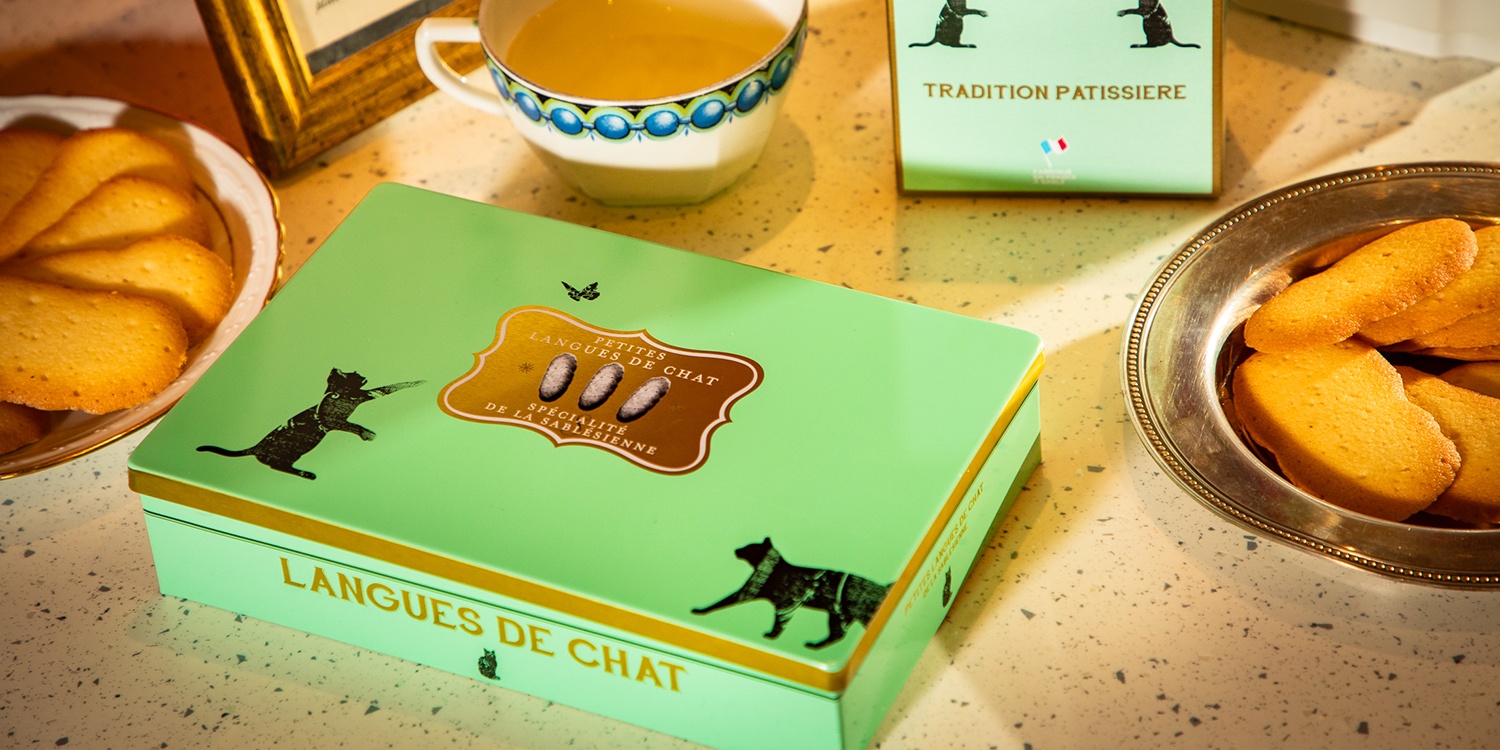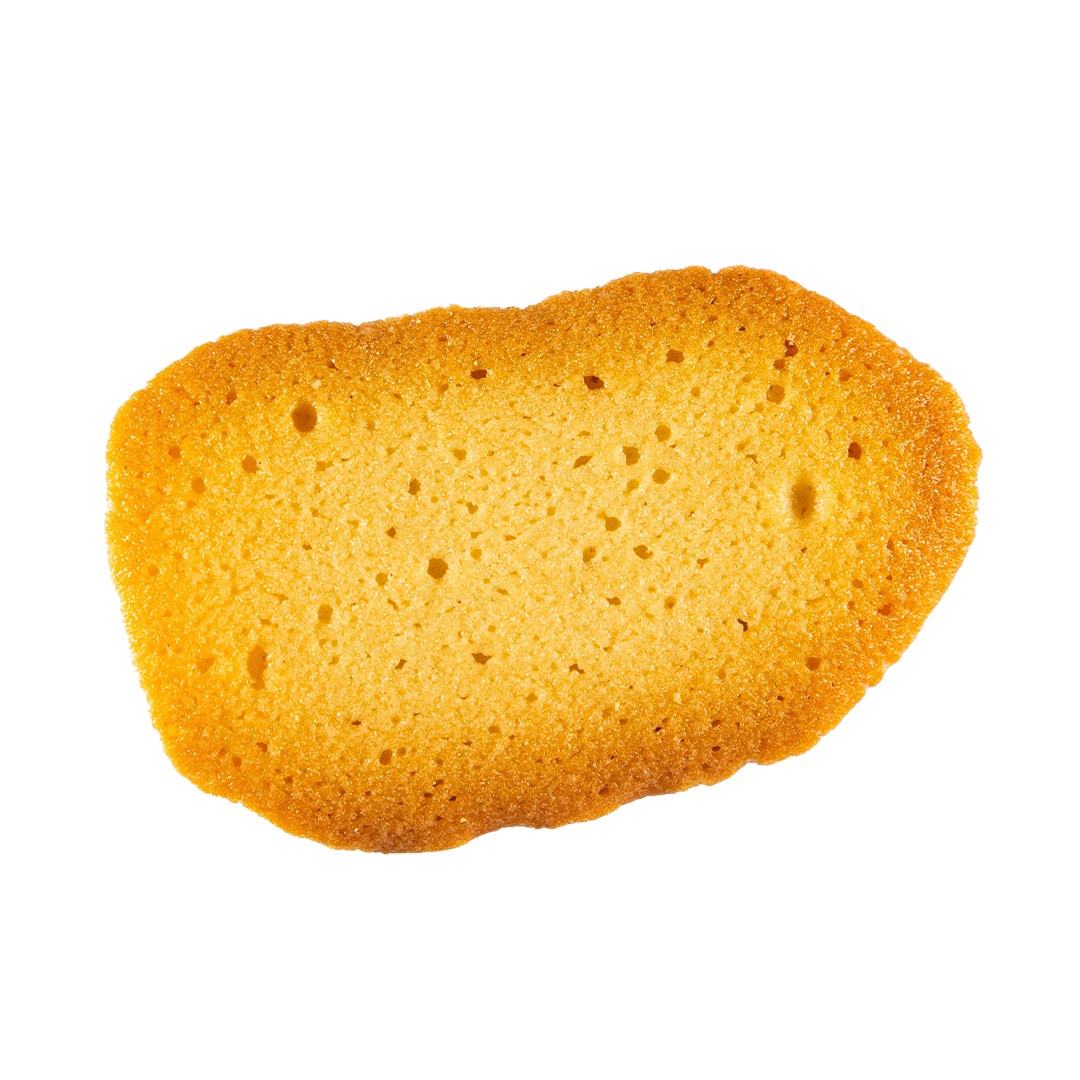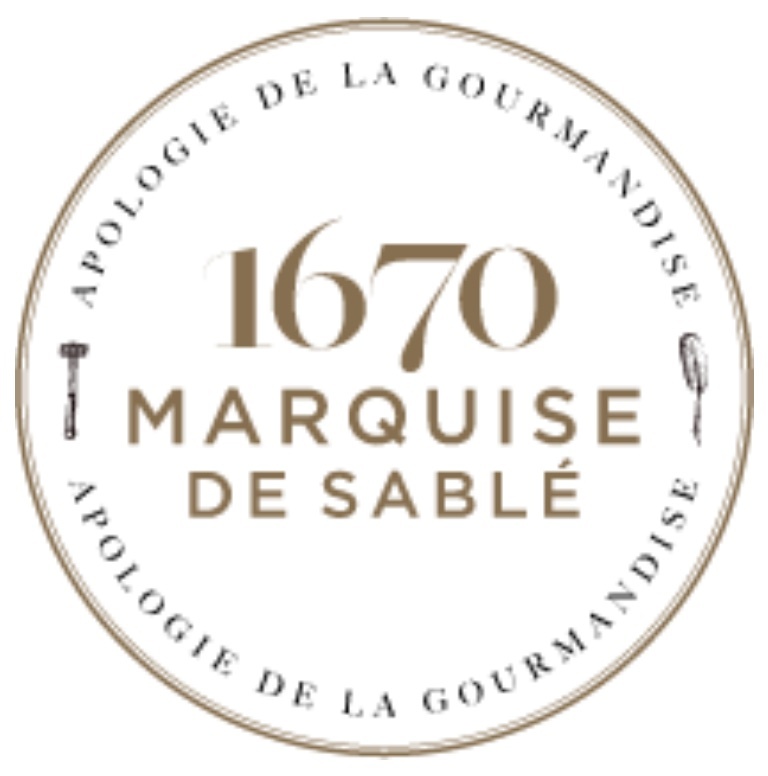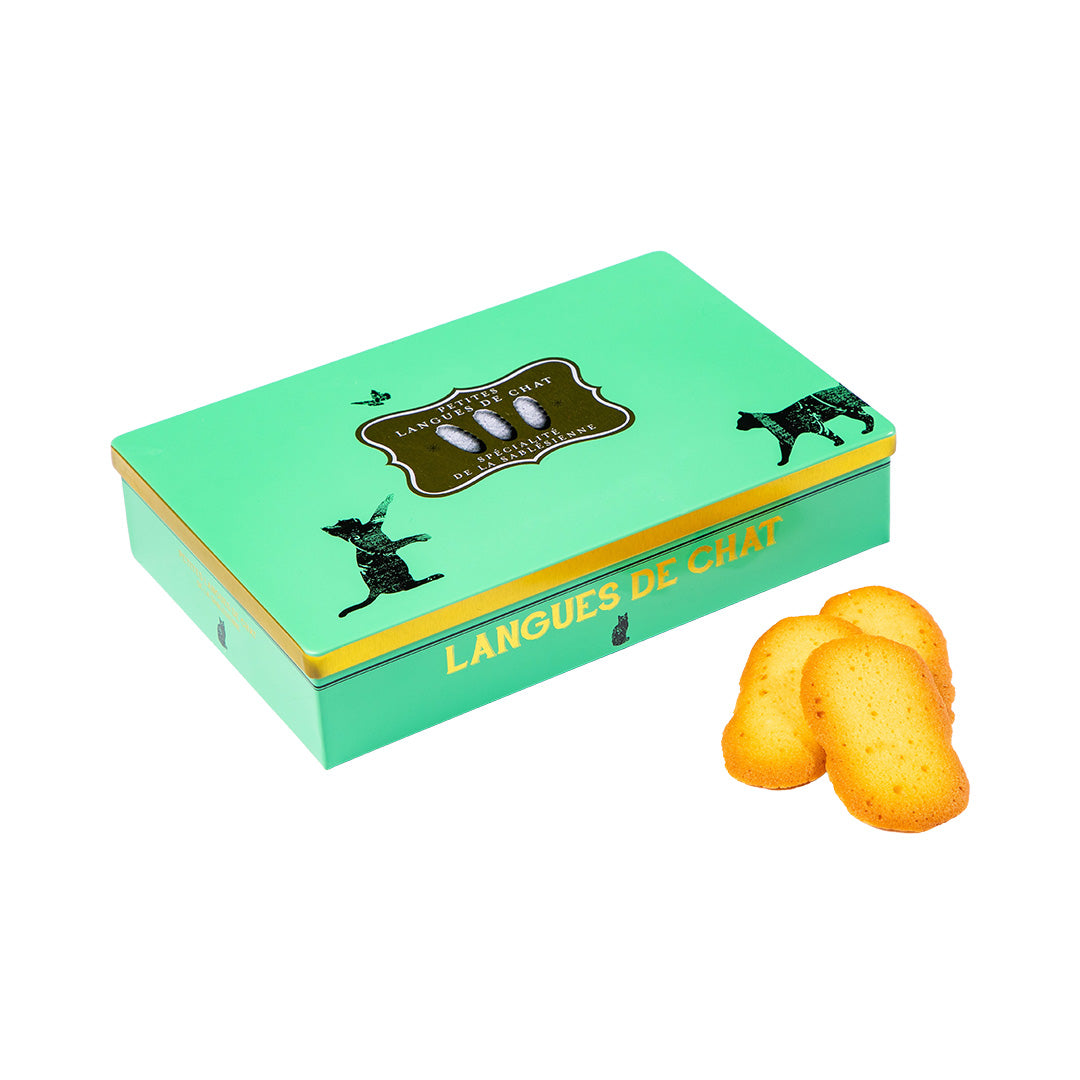The product
Will you give your tongue to the cat? Rediscover all the crunch and tenderness of this traditional cookie, to be enjoyed straight away or as an accompaniment to your coffee or a good hot chocolate. A classic French pastry recipe handed down from generation to generation.


The recipe

It was during the Second Empire that the fashion for cat’s tongues arrived from Great Britain. Seized by the British trend, French intellectuals adopted this delicious little dry biscuit under the recommendation of the famous chef and culinary guide Auguste Escoffier. The little cat’s tongues then appear on the tables of weddings, religious festivals and Sunday lunch.
The name “cat’s tongues” comes from their elongated, narrow shape reminiscent of a cat’s tongue. In French, “langues de chat” literally means “tongues of cat”. This characteristic shape is obtained by forming the dough into thin strips before baking them.
Our cat tongues are made in the traditional way with simple and natural ingredients. They are cooked on metal plates until they are golden brown. They are then picked by hand to preserve all their flavor and quality.
They will delicately accompany gourmet desserts, as well as your guests’ tea or coffee.
Cat’s tongues, with their long history and enduring presence in baking, are a perfect example of how simple recipes can cross ages and cultures. Their delicate taste, crunchy texture and elegant shape continue to make them popular with baking enthusiasts around the world.
The Brand

1670 Marquise de Sablé
Founded in honor of the Marquise de Sablé, the “1670 La Marquise de Sablé” brand embodies the refinement and excellence of the French culinary tradition, specializing in the creation of high-quality shortbread.




